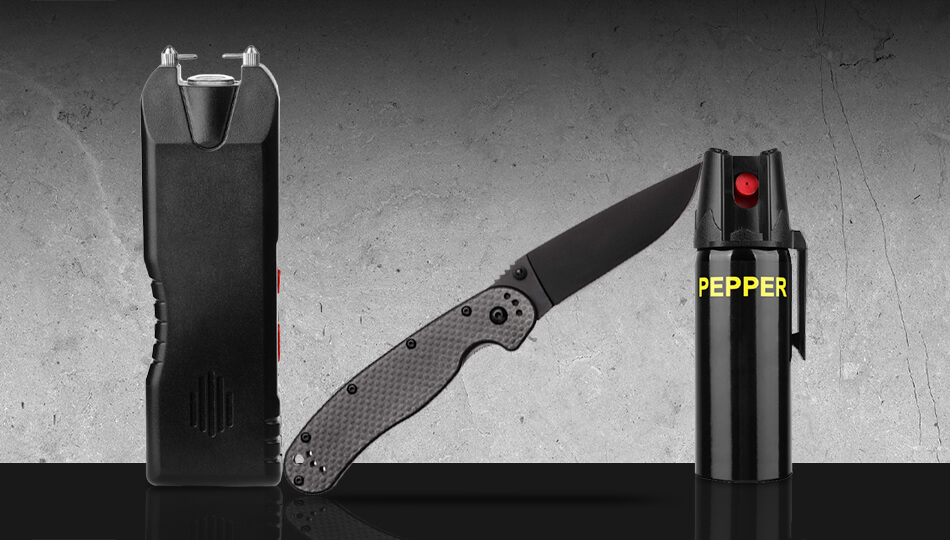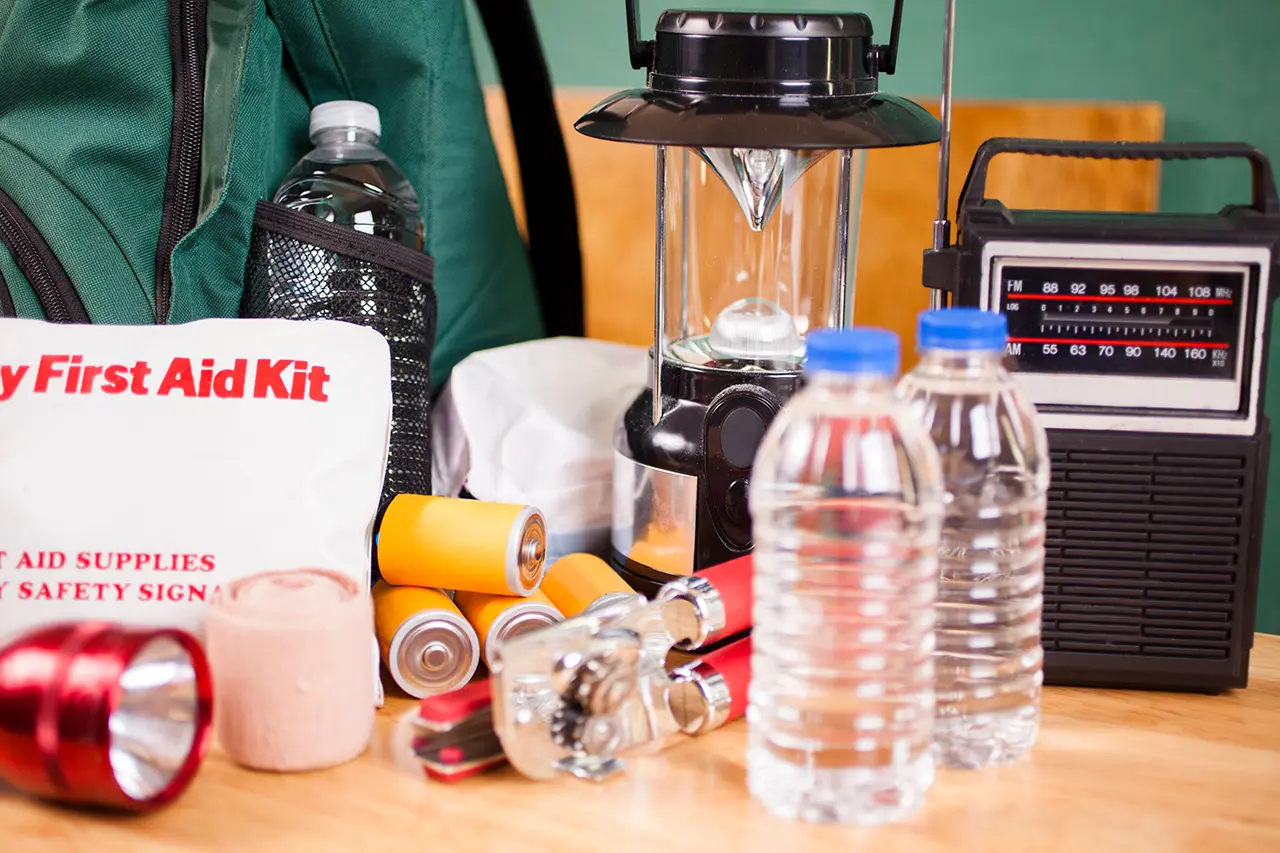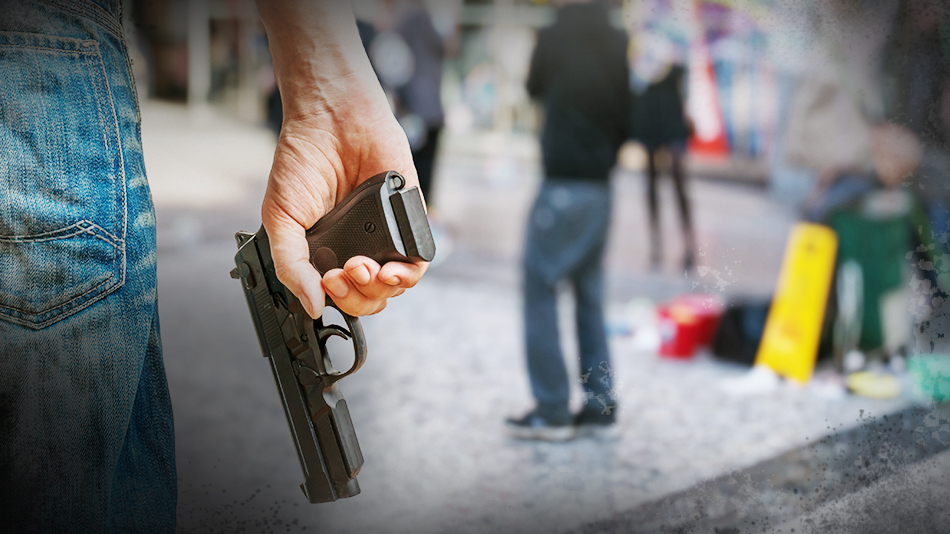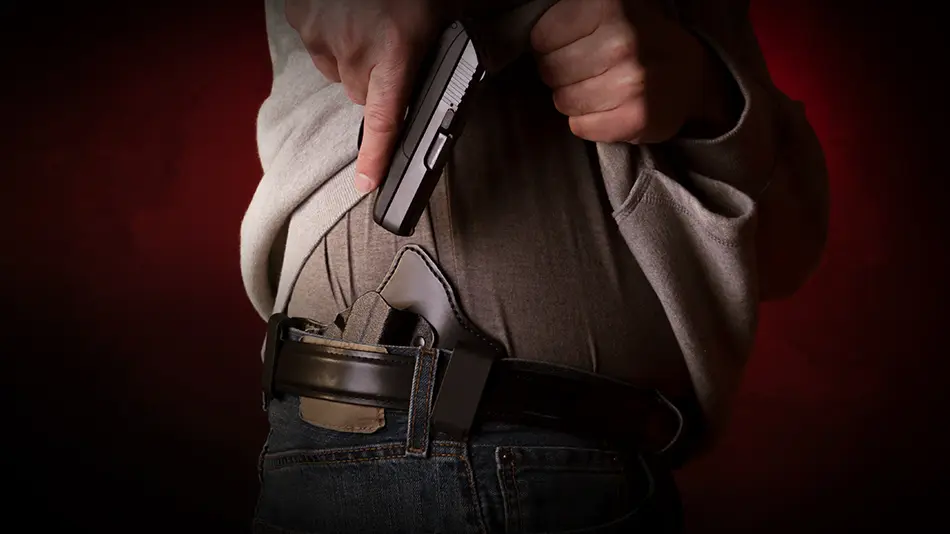
Best Legal Self-Defense Weapons
When looking beyond firearms, it can be difficult to navigate the sea of different federal, state, and local laws regarding carry and ownership. It’s best to be safe and consult with an attorney (like a U.S. LawShield® Independent Program Attorney) before purchasing and carrying a self-defense weapon. Legal to carry doesn’t always mean legal to conceal without a permit, so that’s another factor to consider. That said, here are some options that are generally legal, and useful self-defense tools for when a gun can’t, or won’t, be available.
Pepper Spray
Pepper spray is a fantastic less-than-lethal self-defense weapon for people who want the ability to avoid or help quickly end a fight. The legal standard for using pepper spray is generally much lower than for a lethal self-defense weapon, such as a firearm, and it can quickly occupy all your attackers’ attention for up to several minutes. Pepper spray gives you more range than hand weapons, and the potential ability to keep someone at bay.
On the downside, pepper spray can be subject to wind direction and speed, and it’s possible that you can wind up accidentally spraying yourself. Additionally, it’s less ideal for indoor use, or in enclosed spaces such as a vehicle, for the same reason.
Training units that spray plain water, and are visibly labelled as such, are very affordable. These training units give you the opportunity to practice with a friend or loved one and get some valuable training time in with your pepper spray. However, always remember to ensure that you’re using the clearly labeled training unit when practicing with a friend or loved one and not actual pepper spray.
Knives
Knives are another popular choice but require even more practice to be proficient than pepper spray. A fixed blade is going to be easier to quickly defend yourself with than a folding knife, but folding knives are more commonly accepted, and generally legal to carry. Therefore, many people accept those drawbacks for convenience and avoiding pointed questions from peers.
Knives also require you to be very close to your attacker. Your experience using a knife, along with your upper-body strength, will come into play more readily than other options explored in this article. Knives are also the only lethal self-defense weapon considered here, and this should be kept in mind, along with the specific laws in your state, before carrying or deciding to use a knife in a self-defense encounter.
Enjoying this content? Find out how you can get more sent straight to your inbox.
Taser
Another effective less-than-lethal self-defense weapon is a taser. These products enjoy some of the functionality of a firearm, as they can be employed at a distance too far for hand-weapons to reach.
The ability to threaten someone with painful incapacitation from up to 25-feet away is especially handy for people who might be facing someone much larger than them.
The drawbacks here are that tasers can, and do, fail to function properly. Both prongs have to get under the target’s skin, and poor positioning, being too close or too far from the target, or if the target is wearing heavy clothing, can reduce the likelihood that a taser will stop an attacker. Be aware that compared to a gun, reloading a taser can be complicated, and as with all self-defense tools, training is important.
Self-Defense Weapons for Women
There’s nothing particular about a woman fending off violent crime that requires the use of specific self-defense products. Smaller people, or those with less upper-body strength, regardless of their gender, may find that anything requiring physical power or leverage may be more difficult to use.
With that in mind, a reliable pepper spray device, a taser, or both would be prime suggestions, along with the training to use them effectively.
A guard dog, properly trained for the purpose, is another excellent choice, but the time and financial investment necessary can be an obstacle for some. Additionally, you can’t take a dog with you everywhere, but with some planning and creativity, it can be a surprisingly versatile option.
Disguised Self-Defense Weapons
There are a variety of weapons out there that are disguised to resemble a harmless object. Common examples include: tactical pens, cane-swords (swords hidden inside of canes), lipstick knives (knives hidden inside fake lipstick), just to name a few. There are some states where these are legal to own and carry, some states where they’re banned entirely, and everything in between. Check your state laws before purchasing one. Keep in mind, there may be local laws further complicating the question of legality, and a conversation with a U.S. LawShield Independent Program Attorney might be your best course of action.
Even if they’re legal, it’s worth mentioning that many of these disguised weapons aren’t manufactured by well-known brands with established reputations for reliability and functional design. You often find them in catalogues alongside throwing stars, ninja swords, and other items better suited for display than use as serious self-defensetools.
They may also be difficult to employ, especially if complicated movements are necessary to reveal the weapon inside the object. You may not be able to effectively manipulate these tools in a high-stress situation without a lot of practice beforehand.
Self-Defense Weapons FAQs
Your Protection Starts Here!
The information provided in this publication is intended to provide general information to individuals and is not legal advice. The information included in this publication may not be quoted or referred to in any other publication without the prior written consent of U.S. LawShield, to be given or withheld at our discretion. The information is not a substitute for, and does not replace the advice or representation of a licensed attorney. We strive to ensure the information included in this publication is accurate and current, however, no claim is made to the accuracy of the information and we are not responsible for any consequences that may result from the use of information in this publication. The use of this publication does not create an attorney-client relationship between U.S. LawShield, any independent program attorney, and any individual.





Thank you. This is the kind of info I try to keep aware of.